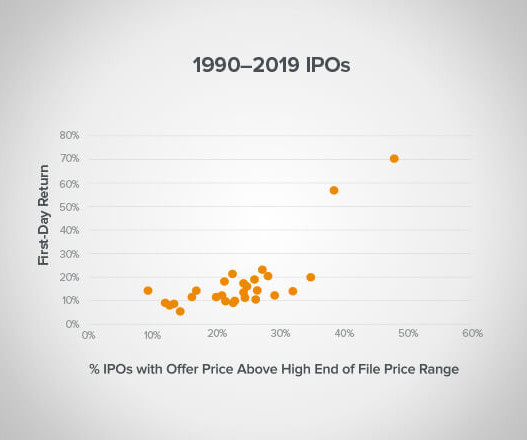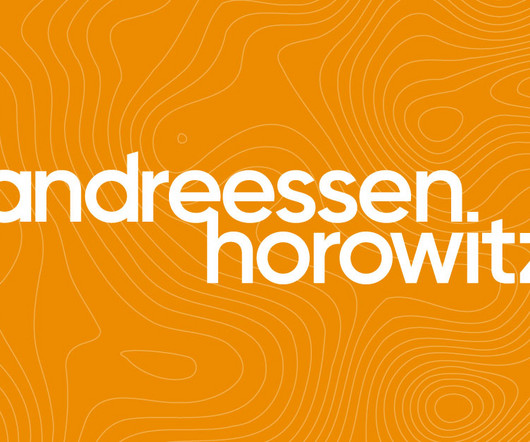Praying to the God of Valuation
Both Sides of the Table
DECEMBER 11, 2022
2001–2007: THE BUILDING YEARS The dot com bubble had burst. We had nascent revenues, ridiculous cost structures and unrealistic valuations. Within 5 years I was on the board of real businesses with meaningful revenue, strong balance sheets, no debt and on the path to a few interesting exits. Until we weren’t.




























Let's personalize your content